29.01.2018
Startvorbereitung für Sojus-2.1a mit Canopus-B» №3 und №4 Satelliten
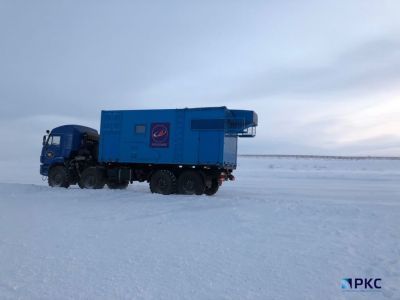
RKS. ON THE ROUTE OF THE FLIGHT "SOYUZ-2.1A" LV FROM THE "KANOPUS-V" SCREEN MOBILE MEASURING ITEMS ARE DEVELOPED
01/29/2018 12:46 PM
The Russian Space Systems Holding (RKS, part of the State Corporation ROSKOSMOS) has transferred mobile measurement points (IIPs) to key points on the territory of Russia along the Soyuz-2.1a rocket flight route, which is scheduled to launch from the EASTERN spaceport on February 1, 2018 of the year. IIP will promptly collect and process all telemetric information about the state of the rocket itself and the payload - the Earth's remote sensing satellites "Canopus-B" No. 3 and No. 4.
The IIP family developed by the holding companies of the RKS is part of the territorially-distributed infrastructure of the new Russian spaceport EAST. Their design provides for the possibility of rapid transfer by all modes of transport and work on unequipped areas anywhere in the world. These devices receive, process and transmit through satellite communication channels or terrestrial channels telemetric information from rocket and space technology.
Deputy General Designer of the RCC Vladimir DENEZHKIN: "We have completed the deployment of the IIP. Now they are installed in several locations on the territory of our country. Specialists of the RKS finish setting up the equipment. After the launch, these complexes will in real time accompany the flight of the launch vehicle, tracking all processes on board. This will allow to react as quickly as possible to any situation and make adjustments in a timely manner. "
Each such complex consists of two 20-foot containers: an information-measuring module and a module for receiving and processing remote sensing information. MIP can work in any operating conditions - at a temperature of -50 ° C to + 50 ° C, with strong vibrations and multiple mechanical shocks, as well as in sea waves when mounted on a ship.
The MIP antenna system can work with any types of existing and advanced telemetry systems. The electronic part of the system is unified and consists of high-tech radioelectronic units united by a single interface, which significantly increases its maintainability and modernization potential.
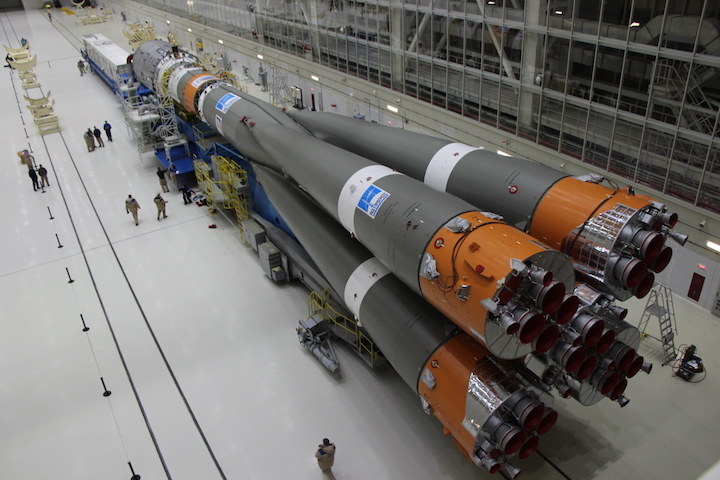
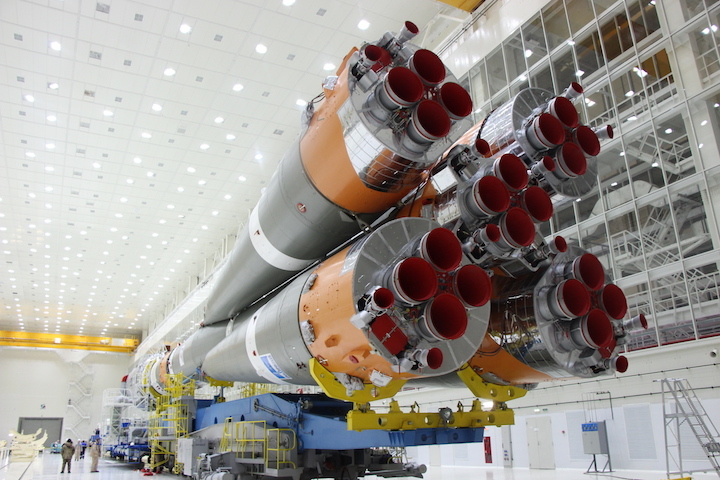
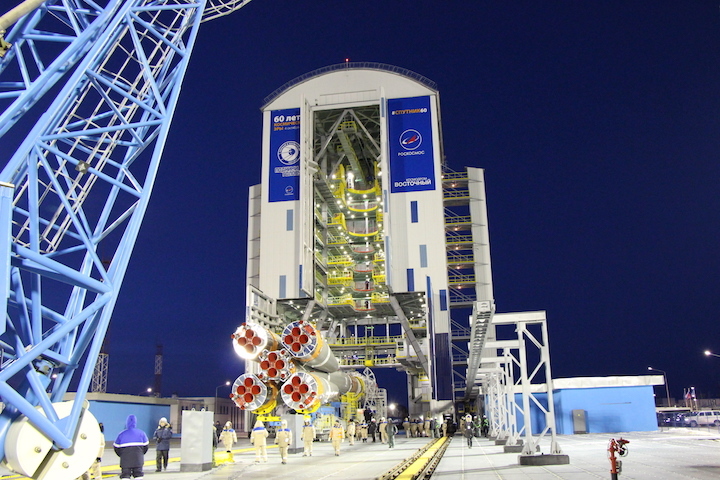
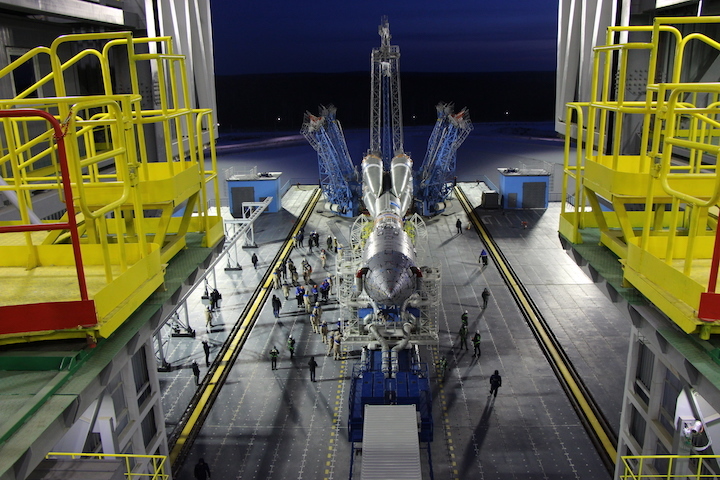
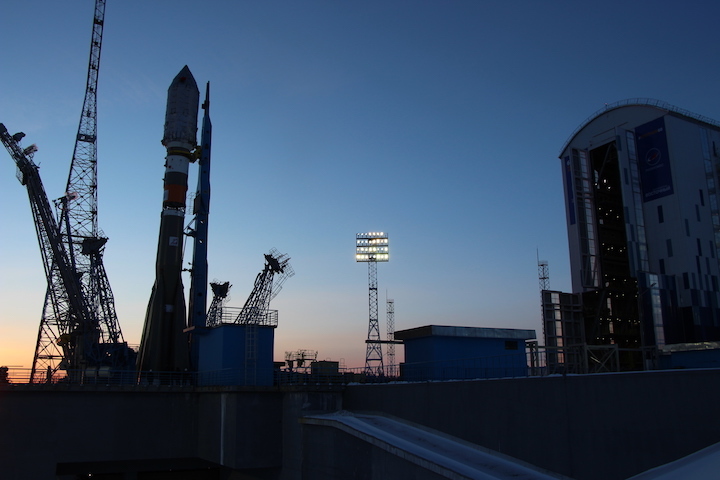
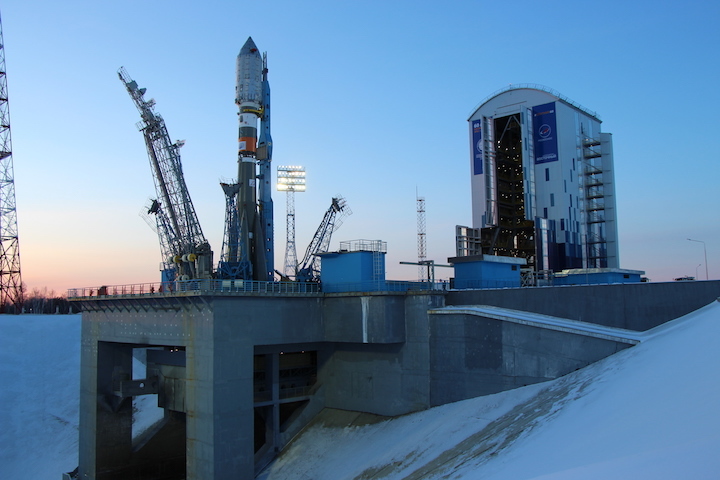
Quelle: roscosmos
+++
Soyuz carrier rocket installed on Russia’s Vostochny launch pad
The Soyuz-2.1a carrier rocket is due to blast off at 5.07 a.m. Moscow Time on February 1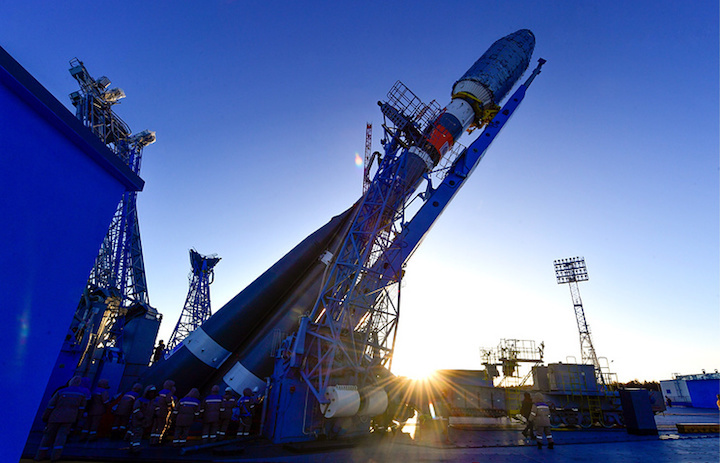
A Soyuz-2.1a carrier rocket with a Fregat upper stage and Russia’s Kanopus 3 and 4 remote Earth sensing satellites and also nine foreign spacecraft has been installed on the launch pad of the Vostochny spaceport in the Russian Far East, the Roscosmos state space corporation said on Monday.
"Upon the decision of the state commission, the Soyuz-2.1 a carrier rocket has been taken from the assembly and testing facility and installed on the launch pad of the Vostochny spaceport," a Roscosmos spokesman said.
The Soyuz-2.1a carrier rocket is due to blast off at 5.07 a.m. Moscow Time on February 1. Besides the Kanopus satellites, a payload of four German S-NET, one German D-Star One and four US LEMUR satellites will be put into the orbit.
Kanopus-B satellites are designed to monitor man-made and natural disasters, look for hotbeds of forest fires, large emissions of pollutants and monitor agricultural activity and natural resources. The 465 kg satellites are launched to the sun-synchronous orbit with the altitude of 510 km.
Initially, the third launch from the Vostochny spaceport had been scheduled for December 22, 2017. However, after the failed second launch on November 28, 2017, when a Russian Meteor-M weather satellite and 18 small satellites were lost, it was postponed until February 1, 2018.
Quelle: TASS
----
Update: 1.02.2018
.
Soyuz-2.1a rocket carrying 11 satellites launched from Russia’s Vostochny spaceport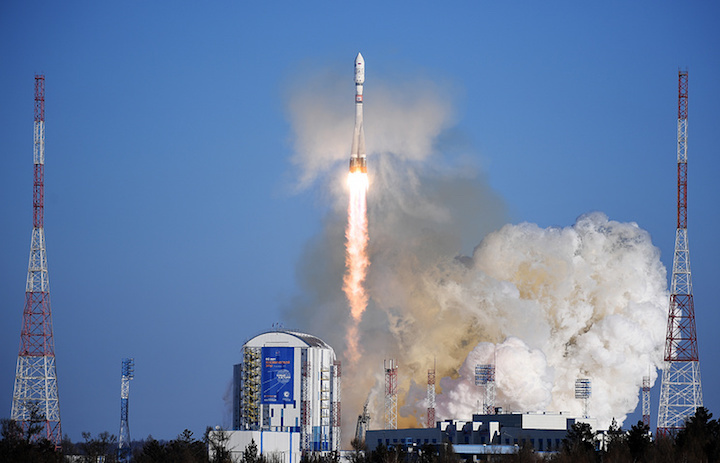
The booster will deliver to orbit Russia’s two Kanopus-V satellites, Germany’s four S-Net satellites and one D-Star One satellite, as well as four US LEMUR remote sensing satellites
VOSTOCHNY SPACEPORT /Amur region/, February 1. /TASS/. Russia’s Soyuz-2.1a rocket carrying 11 satellites has been launched from the Vostochny spaceport, a TASS correspondent reported from the site.
According to sources in the Roscosmos Space Corporation, the rocket is carrying Russia’s two Kanopus B satellites, Germany’s four S-Net satellites and one D-Star One satellite, as well as four US LEMUR remote sensing satellites.
The Fregat booster carrying 11 satellites has separated from the Soyuz-2.1a rocket, launched from Russia’s Vostochny spaceport earlier on Thursday, a source in the Roscosmos Space Corporation told reporters.
The booster will deliver to orbit Russia’s two Kanopus-V satellites, Germany’s four S-Net satellites and one D-Star One satellite, as well as four US LEMUR remote sensing satellites.
Previous launch
On November 28, the second launch from Russia’s new Vostochny spaceport ended in a failure. The Soyuz-2.1b with the Fregat booster was expected to deliver the Meteor-M No 2-1 and 18 smaller satellites into orbit. A special commission was established to figure out the reasons for the crash. After the December 1 meeting, the commission announced that the spaceport’s equipment and the Soyuz-2.1b had operated normally, while the issue was rooted in the Fregat booster, which is believed to have fallen in the northern part of the Atlantic Ocean together with all the satellites.
Roscosmos set up a commission to investigate into the crash, which came to the conclusion that the incident had occurred due to software flaws in the booster’s control system.
+++
Russia’s Kanopus-V satellites delivered to orbit
Russia’s Soyuz-2.1a rocket carrying 11 satellites was launched from the Vostochny spaceport earlier on Thursday
Russia’s Kanopus-V remote sensing satellites have separated from the Fregat booster and reached their orbits, a source in the Roscosmos Space Corporation told TASS on Thursday.
"The Kanopus-V satellites No. 3 and 4 have separated from the Fregat booster," he said.
Germany’s four S-Net satellites and one D-Star One satellite, as well as four US LEMUR remote sensing satellites, are planned to be put into to orbit later in the day.
Russia’s Soyuz-2.1a rocket carrying 11 satellites was launched from the Vostochny spaceport earlier on Thursday.
+++
Nine foreign satellites put into orbit after launch from Vostochny spaceport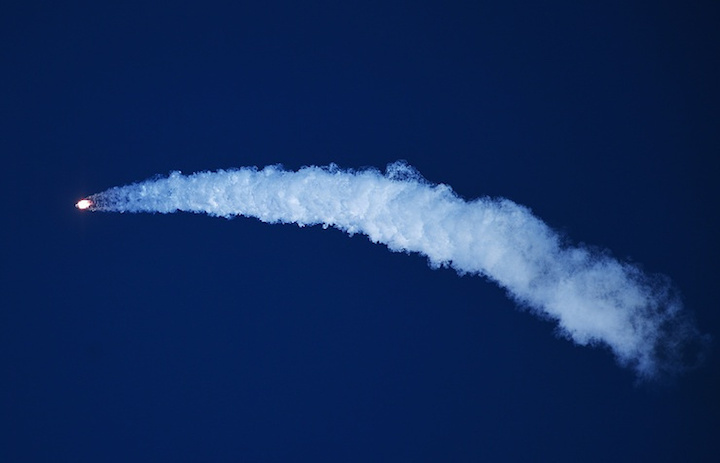
Nine small foreign satellites, which were launched together with Russia’s Kanopus-V remote Earth sensing satellites, have successfully reached their orbits, head of Roscosmos state corporation Igor Komarov said on Thursday.
"Nine spacecraft from Germany and the United States have been separated [from the Fregat booster]. They have been delivered to the calculated orbits. The customers will start working with them in a while. Over the next 24 hours we will receive information on the spacecraft’ condition and how they work, but this is already the customers’ responsibility," Komarov said.
Germany’s four S-Net satellites and one D-Star One satellite, as well as four US LEMUR remote sensing satellites, were put into orbits. The Fregat booster will now be sent towards the Earth and enter the atmosphere at the altitude of 100 km at 10.34 a.m. Moscow Time. Its unburnt remains will be buried in the remote area of the Pacific Ocean.
Earlier, Russia’s Kanopus-V satellites were delivered to the orbit.
Russia’s Soyuz-2.1a rocket carrying 11 satellites was launched from the Vostochny spaceport in Russia’s Far East earlier on Thursday.
Initially, the third launch from the Vostochny spaceport had been scheduled for December 22, 2017. However, after the failed second launch on November 28, 2017, when a Russian Meteor-M weather satellite and 18 small satellites were lost, it was postponed until February 1.
Quelle: TASS

